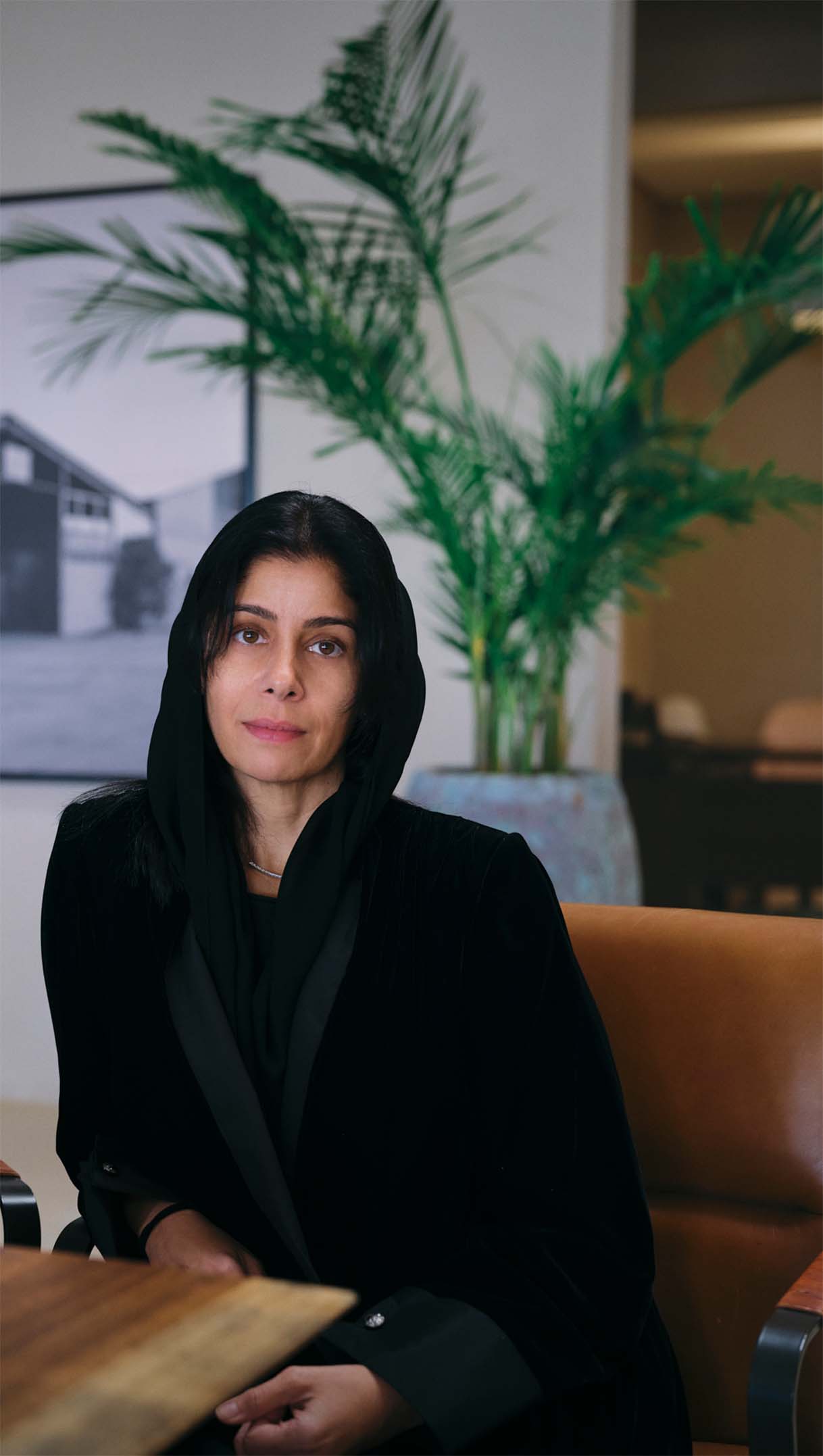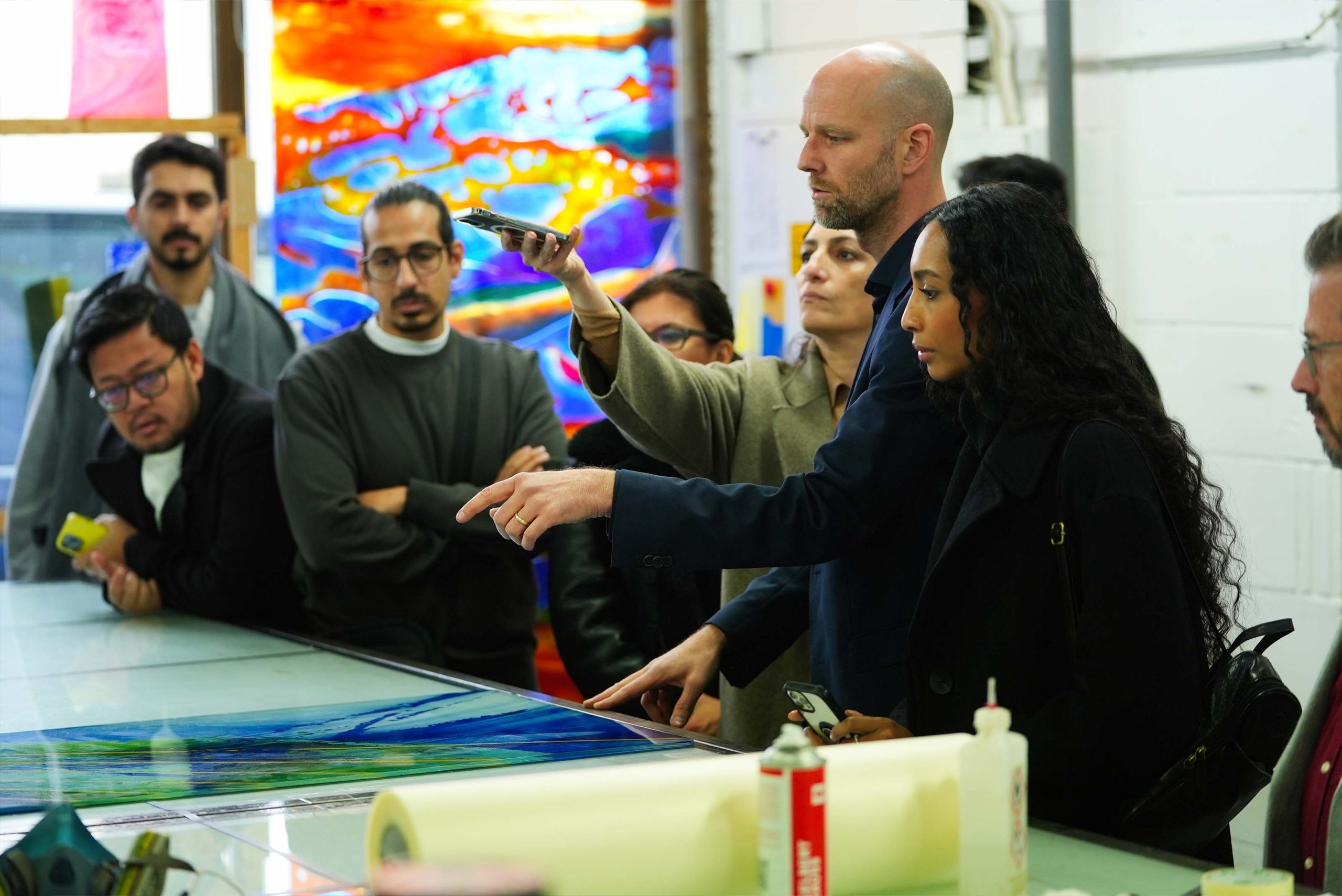The Visual Arts Commission has launched Art Bridges 2025–2026, a new initiative dedicated to professional development and cultural exchange for Saudi and Saudi-based artists and practitioners. Designed as a series of international programmes, Art Bridges’s first programme took place in Scotland (22–27 September 2025) in collaboration with the British Council KSA and Scotland, followed by upcoming editions in Japan, South Korea, and Spain. Each destination hosts a thematic focus shaped by its own cultural context, from environmental art practices in Japan, to community-led initiatives in South Korea, and collective heritage in Spain. In this conversation, Selections spoke with Dina Amin (D.A), CEO of Saudi Visual Arts Commission about the motivation behind Art Bridges and its role in expanding the Kingdom’s cultural voice on the global stage. Art Bridges 2025–2026 brings together four international programmes across Scotland, Japan, South Korea, and Spain.

What was the thinking behind choosing these destinations, and how do they reflect the Commission’s priorities?
D.A: For the Visual Arts Commission, our priority first and foremost is to support Saudi Arabia’s visual arts community by providing an environment that encourages its growth and evolution. The Art Bridges initiative is a platform for cross-cultural, symbiotic exchange enabling visual artists and cultural practitioners playing an important role in developing the Kingdom’s contemporary arts scene to share their ideas, practice and talent with peers and experts living and working in different cultural contexts. Art Bridges destinations are chosen for their rich and distinct cultural offering. We also consider key anchor events that may be taking place, for example, the Setouchi and Aichi Triennials in Japan.
Each location has a distinct thematic focus; from the environment in Japan to identity in South Korea and collectivism in Spain. How were these themes developed, and what kind of impact do you hope they will have on participating artists?
D.A: The distinct thematic for each of the destinations is tailored based on various factors including the unique cultural context of the destination, the cultural calendar, and events of note in the destination at the time of the programme, as well as specific elements of cultural resonance to the Saudi context. The goal is to create a programme that is relevant to the practices of the cohort, beneficial to their professional development, and that ultimately form a basis for long-term cultural dialogue, and opportunities while empowering exchange and a greater awareness of Saudi Arabia’s visual arts landscape.

The first programme launched, in collaboration with the British Council, in Scotland last month. What did participants get to experience in this inaugural edition, and how will it set the tone for the rest of the initiative?
D.A: Every programme in Art Bridges is created with the distinct cultural and creative context of its destination in mind, to allow for productive and constructive cross-cultural exchange. In each city, participants will have a chance to interact with local and international thought leaders, and engage with cultural centres, museums, galleries and artists’ studios. We are pleased to have had the opportunity to work with the British Council Scotland to curate the Scotland programme, where the cohort visited key cultural institutions in Glasgow, Dundee, Edinburgh and the Isle of Bute, and met the teams that manage them. The programme is designed to provide opportunities for Saudi and Saudi-based creatives, artists and practitioners to provide insight into the Kingdom’s rich and diverse contemporary art landscape, while gaining a broader understanding of the ideas, artists and cultural practitioners shaping the different countries’ creative and contemporary art scenes.